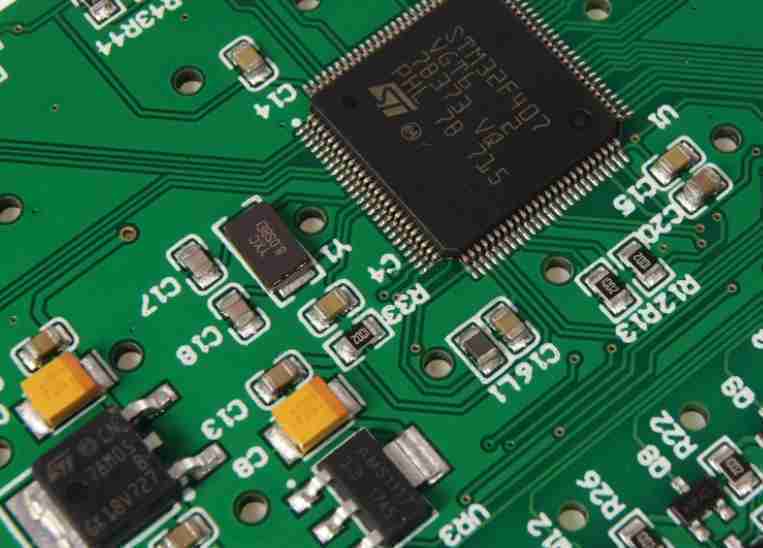With the rapid development of science and technology, electronic products are becoming increasingly modular, and components are becoming more sophisticated.
The SMT technology we often discuss, namely Surface Mount Technology, has become the mainstream method in the manufacture of electronic devices.
The main advantage of SMT is that it can fit more components on a printed circuit board, thereby improving the device’s performance and functionality.
SMT works by attaching components directly to the PCB‘s surface rather than inserting them through holes.
This method allows components to be mounted on both sides of the circuit board, thereby hugely improving the space utilization of the circuit board.
However, with the development of SMT technology, new challenges have also emerged. As components become smaller and smaller, precise placement and soldering are required.
Additionally, troubleshooting and repair become more difficult due to the increased component density.
Challenges of SMT
1.PCB Design Optimization
SMT assembly involves placing surface mount components directly on the surface of a PCB rather than inserting them through holes.
This method is faster, more precise, and less expensive than through-hole assembly but requires careful design optimization to ensure a successful assembly process.
Designers need to consider how to most effectively layout and connect components to improve the performance and reliability of the circuit.
2.Component placement
Proper component placement is the key to successful SMT assembly. We should place components in a logical, easy-to-follow sequence.
Group related components and place them together. It will help reduce the number of vias required and improve the circuit’s electrical performance.
However, as components get smaller, precisely placing and soldering them is increasingly difficult. It requires more advanced equipment, technology, and a higher level of operational skills.
3.Avoid overcrowding
Avoid overcrowding components on the board, as this will make the assembly process more difficult, increase the possibility of errors, and reduce yield.
Overcrowding can also make it difficult to test and troubleshoot the board after assembly.
4.SMT Global Competition
Countries are working hard to improve their production capabilities and technological levels to gain a larger market share. It requires enterprises that continuously innovate and improve to maintain their competitive advantage.
Finally, with new technologies, it has become possible to realize full automation of SMT patch machines and full automation of SMT production lines.
It has brought new production capacity, quality, and efficiency standards to PCB assembly. It requires companies that constantly learn and adapt new technologies to stay ahead.
Summary
Although SMT faces many challenges, it is still an integral part of electronic device manufacturing.
Through continuous innovation and improvement, we are confident that we can overcome these challenges and continue to drive the electronic device manufacturing industry forward.
As we face these challenges, we remember one point: every challenge is an opportunity. Every problem is an opportunity to solve it.
Every difficulty is an opportunity to surpass ourselves. Only through continuous learning, practice, and innovation can we truly grasp opportunities and overcome challenges.
In the future, we expect to see more innovations and breakthroughs in the SMT field. Whether it is in design optimization, component placement, avoiding overcrowding, global competition, or the introduction of new technologies, we all have confidence that we can find solutions and put them into practice.
At the same time, we also look forward to seeing more companies and individuals participate in this industry. Only through everyone’s joint efforts can we promote the development of this industry and achieve greater breakthroughs.
In short, SMT is a field full of challenges and opportunities. Only those who dare to face challenges and seize opportunities can succeed in this field. Let us look forward to the future of SMT together!







